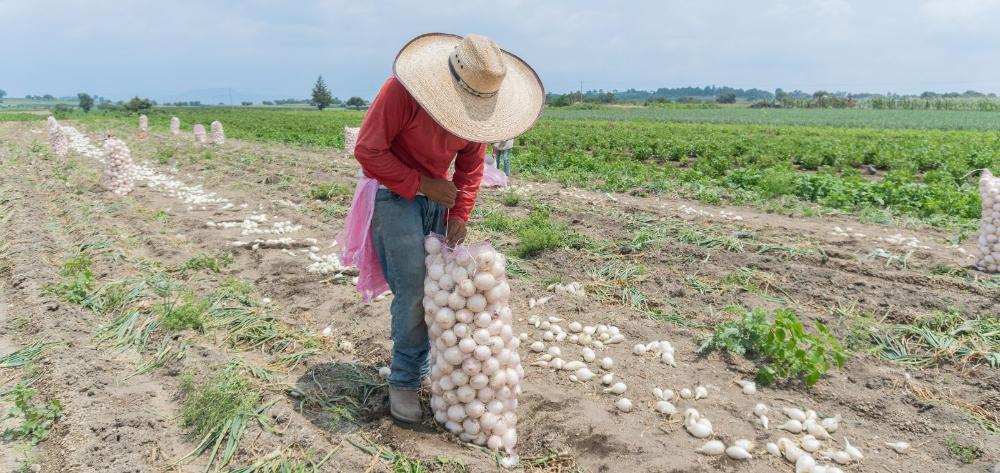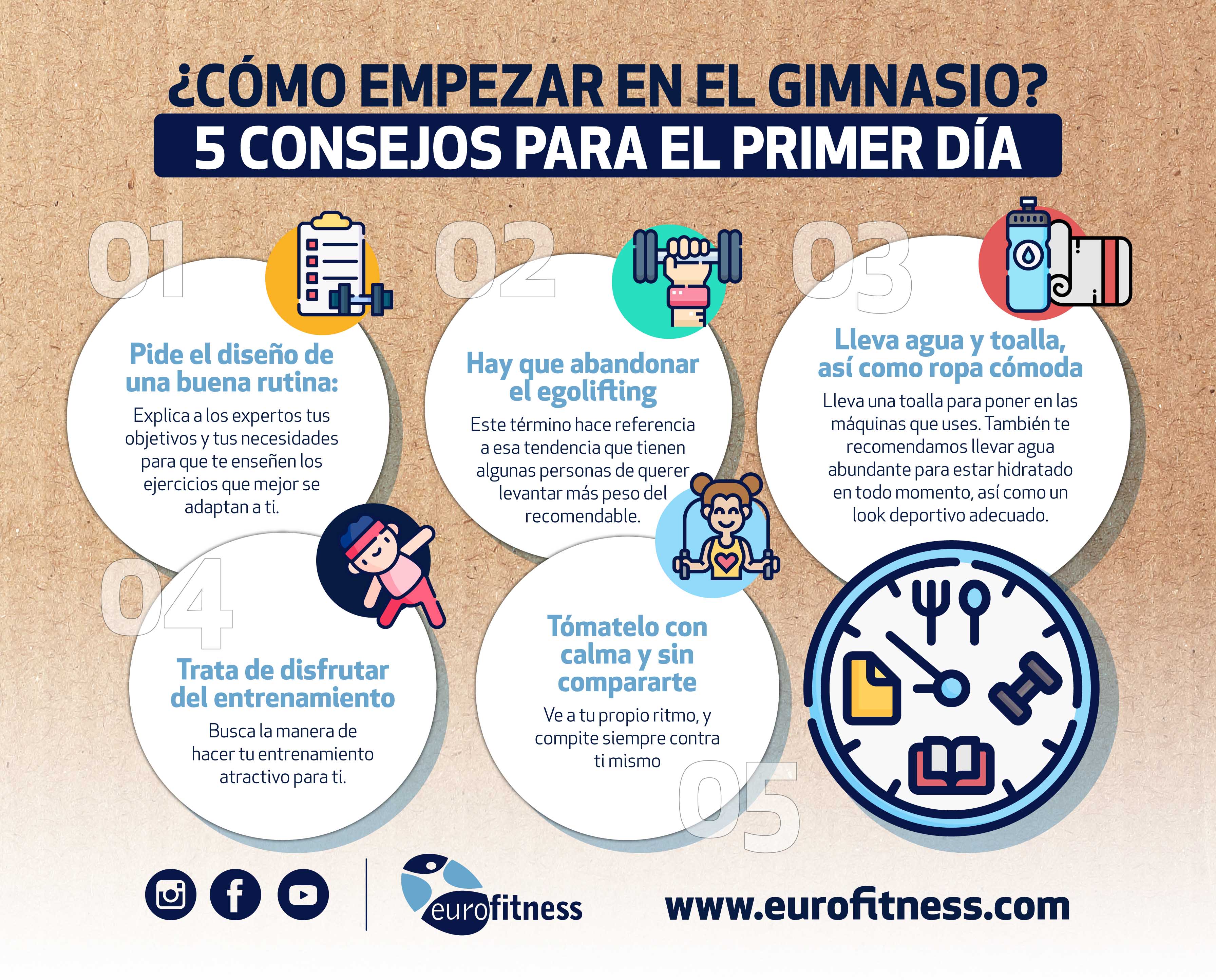
Extreme heat and cold are related to a greater number of workplace accidents, but between 1989 and 2019 the risk of medical leave in Spain on days of extreme heat decreased from 19% to 13%, compared to days of extreme heat. moderate temperatures. These are the conclusions of a study led by the Barcelona Institute for Global Health (ISGlobal), a center promoted by the «la Caixa» Foundation, and published in International Environment. Research suggests that People who work in Spain have been adapting to the higher temperatureschange possibly associated with the entry into force of the Occupational Risk Prevention Law in 1997.
This law decreed the public obligation to ensure compliance with occupational health regulations through routine inspections, reinforced the right of workers to protection and training measures, and promoted the creation of action plans in high-risk companies.
The present analysis also concludes that adaptation to heat has not occurred equally in all groups and that Agriculture and hospitality workers are most at risk of suffering a heat-related workplace accidentwhether due to lack of sleep, fatigue, dehydration, decreased psychomotor performance, loss of concentration or reduced alertness due to thermal stress during work hours.
Work in Spain in summer
Study the relationship between environmental temperatures and resulting workplace accidents. especially relevant in Spain due to “its relatively high summer temperatures, its economic cycles with intense and prolonged recessions, its climatic and socioeconomic diversity, its precarious working conditions and an increase in temperature significantly faster than the global average,” in the words of Constanza VielmaISGlobal researcher and first author of the study.
The analysis related to the average temperature and medical leave due to work accidents in 48 Spanish provinces. over 32 yearsbetween 1988 and 2019. In this way, some years prior to the Occupational Risk Prevention Law, the recessions of 1992-1993 and 2008-2013, the economic and immigration boom of 2000-2007, and the economic recovery were covered. pre-pandemic of 2014-2019. In total, they covered more than 22 million work accidents.
Heat had a greater global impact than cold
The team will observe that the temperatures at which fewer work accidents occur in Spain are between 10 and 12 ºC. Consequently, consider that the increase in the number of work accidents that would occur outside that range of optimal temperatures was related to cold or heat. Using this method, they counted 671,000 work accidents attributable to non-optimal temperatures during the entire study period, that is, 20,900 accidents per year on average, which represents 3% of all work-related accidents. However, The number of accidents attributable to heat or cold has been decreasing steadily since 1989.
Specifically 2.7% of all workplace accidents could be attributed to heatwhile only 0.3% was attributed to colder temperatures. This greater impact of heat compared to cold occurred in all the subperiods studied.
The vulnerability of the Spanish hospitality industry.
The research team identified several groups with greater vulnerability to workplace accidents:
- Workers in agriculture, hospitality and construction. were the most vulnerable to extreme heat, and especially those in agriculture and hospitality, which continued to present a relatively high risk (17% and 21%, respectively) of work accidents for this reason in the period 2015-2019, compared to the general risk of all workers (13%). It should be noted that the study does not include workers without a contract, who are more vulnerable to all types of risks due to the lack of regulation of their working conditions. The constant increase in the proportion of workers in tertiary services (of which hospitality workers are a part) in relation to the total workforce could explain the increase in heat-related occupational accidents in this sector. Constanza Vielma believes that “it is imperative to understand and address the unique vulnerabilities that Spanish hospitality workers face in the context of rising temperatures, and consider them alongside other groups traditionally vulnerable to heat, such as agricultural workers.” and construction.”
- Male workers, those under 35 years of age and those who had less than one year of experience. They were at greater risk of suffering work accidents in conditions of extreme heat than their counterparts. A possible explanation is the greater proportion of men, and especially young men, in particularly demanding jobs that are carried out outdoors, with exposure to extreme temperatures. Furthermore, evidence suggests behavioral differences between genders. For example, women would be more likely to adopt preventive measures, and in general, more aware of the occupational risks associated with temperature.
- The research also indicates that in the Spanish provinces that have highest percentage of population with higher education Workers are less vulnerable to extreme heat. The researchers explain that a higher educational level could improve workers’ ability to recognize and prevent occupational risks; that jobs in these provinces generally present fewer risks (they are qualified), and, finally, that there is better underlying health of the population in these provinces.
- In the case of extreme coldWomen, people over 55 years of age and non-manual workers (those in management, technical, tertiary, clerical, counter, restaurant and hospitality, healthcare, security and service professions) were at higher risk of sick leave, possibly associated with the greater risk of contagion of respiratory diseases in indoor workplaces.
Preventive measures are needed
The study’s findings suggest that Spanish workers have gradually adapted to high temperatures. However, “during the warm months, preventive measures are needed for traditionally exposed workers (agriculture and construction), non-traditionally vulnerable sectors (hospitality) and young, male and less educated workers,” he concludes. Joan Ballester Claramuntprincipal investigator of the EARLY-ADAPT project of the European Research Council (ERC) and last author of the study. “Regarding vulnerability to cold, specific measures should focus on women, the elderly and tertiary service workers, especially in colder regions,” he adds. Addressing temperature vulnerability would improve worker safety, reduce accidents and have economic benefits.
The study also confirms that The effects of heat on health are conditioned by inequalities between provinces and social determinants. Workers in sectors where there is more exposure, such as agriculture, construction and hospitality, are at a disproportionate risk of accidents in the summer. These jobs are more common in the less economically developed, southern and therefore hotter regions of Spain. Paraca Joan Ballester“Both research and policy initiatives are needed to address inequalities within and between countries.”
The results of this study will be incorporated into the platform. Predictor.health to create the first early warning system of the effects of temperatures on occupational accidents in Spain and at European level. The tool already allows users to enter the date and the population subgroup for which they want to receive real predictions of health events due to temperature (until now only mortality) within a period of up to two weeks.
Reference
Constanza Vielma, Hicham Achebak, Marcos Quijal-Zamorano, Simon J Lloyd, Guillaume Chevance, Joan Ballester. Association between temperature and work accidents in Spain: The role of contextual factors in workers’ adaptation. International Environment. Volume 192October 2024, 109006. https://doi.org/10.1016/j.envint.2024.109006






